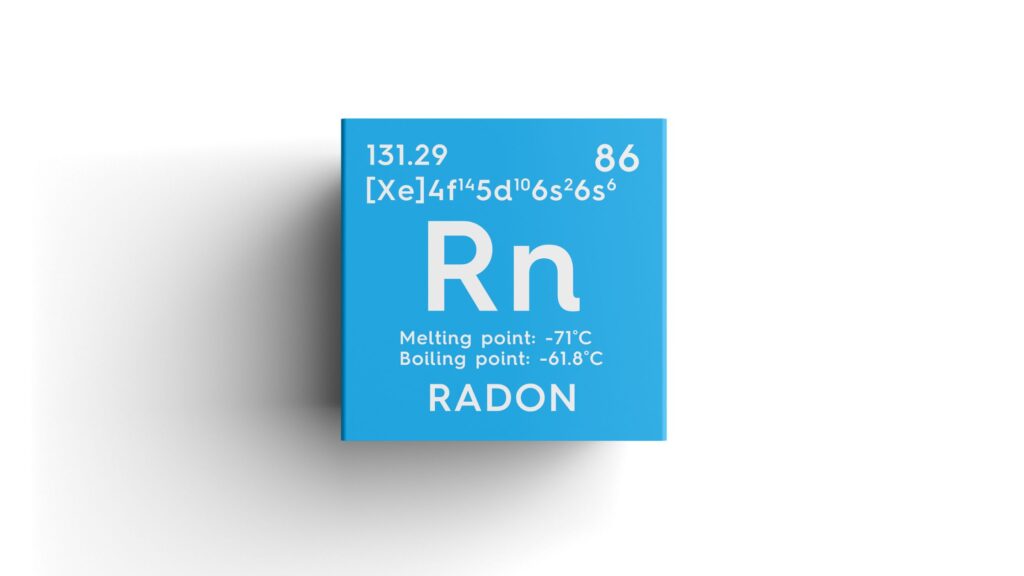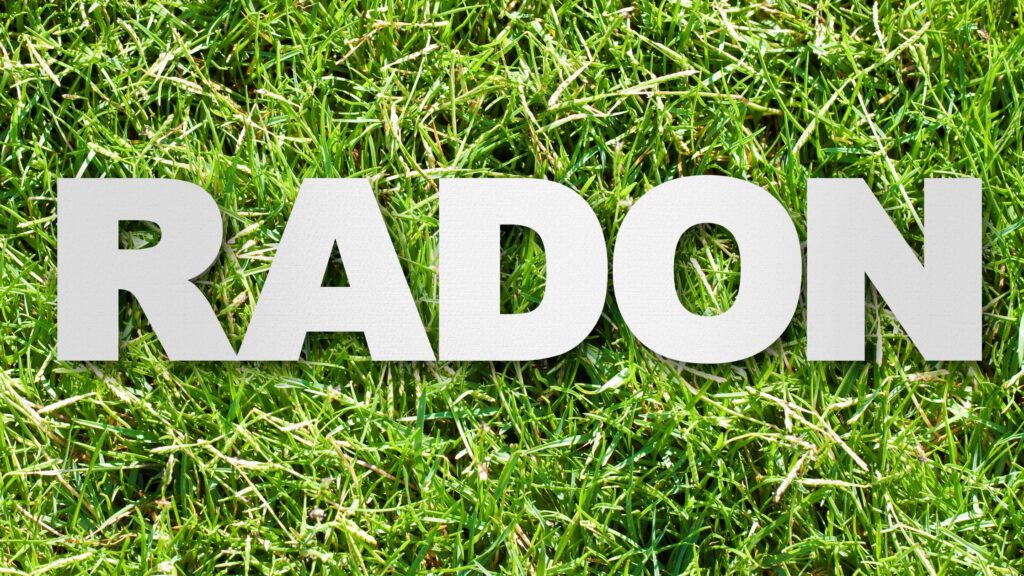Radon is a radioactive gas that is colorless, odorless, and tasteless, making it hard to detect. It can seep into homes through cracks in the foundation and other openings. Found naturally in soil, rock, and groundwater, radon is a significant contributor to lung cancer in the U.S. According to the EPA, approximately 1 in 15 homes have high radon levels. To lower the risk of radon exposure, radon mitigation systems are installed. This article will discuss the safety, effectiveness, and maintenance of these systems, as well as clear up some common misconceptions.
Understanding Radon and Its Risks
Radon is a naturally occurring gas formed when uranium, thorium, or radium decays in soil and rock. It rises through the ground and can enter homes through cracks in the foundation, basement floors, or around pipes. While radon can be found in almost every home, it’s particularly hazardous because it is odorless, colorless, and tasteless, making it undetectable by the senses.
Long-term exposure to elevated radon levels can increase the risk of lung cancer. Smokers exposed to radon face a higher risk, but non-smokers are also at risk. The EPA recommends testing for radon, and if levels exceed 4 pCi/L (picocuries per liter), immediate action, such as installing a radon mitigation system, should be taken.
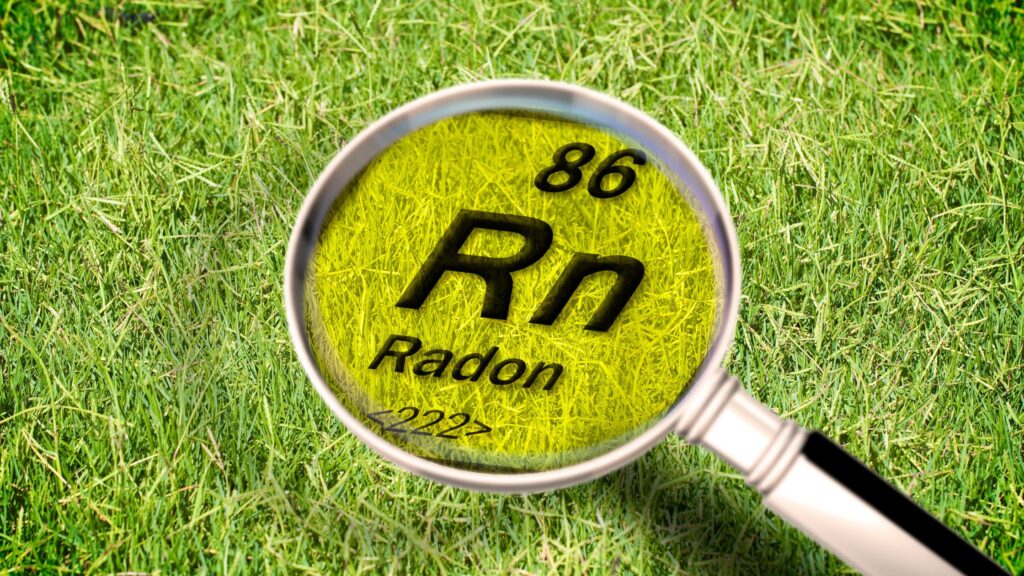
How Radon Mitigation Systems Work
Radon mitigation systems are designed to reduce the accumulation of radon gas inside homes by safely venting it outdoors. The most common method for mitigation is Active Soil Depressurization (ASD), which creates a vacuum under the foundation to draw radon from the soil and direct it outside.
- Suction Point: A pipe is installed beneath the house to extract radon gas from the soil and carry it through a vent pipe to the outside.
- Fan: A fan is placed in the vent pipe to keep the air moving and efficiently remove radon from the home, ensuring it is vented safely away.
- Sealing: Cracks and gaps in the foundation are sealed to prevent new radon from entering, optimizing the system’s effectiveness.
Other radon mitigation methods include sub-slab depressurization, sub-membrane systems for crawl spaces, and passive radon systems, all of which work to lower indoor radon levels to safe concentrations.Learn more about Radon Mitigation.
Effectiveness and Safety of Radon Mitigation Systems
When installed by a certified professional, radon mitigation systems can reduce radon levels by up to 99%. This substantial reduction lowers the risk of lung cancer and other health problems caused by long-term exposure to high radon concentrations.
A. Certified Installation
Professional installation by certified radon mitigation contractors is essential for ensuring the system’s safety and effectiveness. These experts are trained to design and install systems that comply with local building codes and safety standards.
B. Proper Ventilation
The radon gas must be vented away from windows, air intakes, and other openings to prevent it from re-entering the home. Ensuring proper ventilation helps maintain the system’s efficiency.
C. Monitoring
Many radon mitigation systems come with monitoring devices that alert homeowners to any changes in system performance, such as a malfunctioning fan. Regular checks and maintenance are crucial to ensure the system continues to operate effectively.
D. Electrical Safety
Radon mitigation fans are designed to be energy-efficient, but they should be installed with proper electrical grounding and safety features to prevent electrical hazards and ensure safe operation.
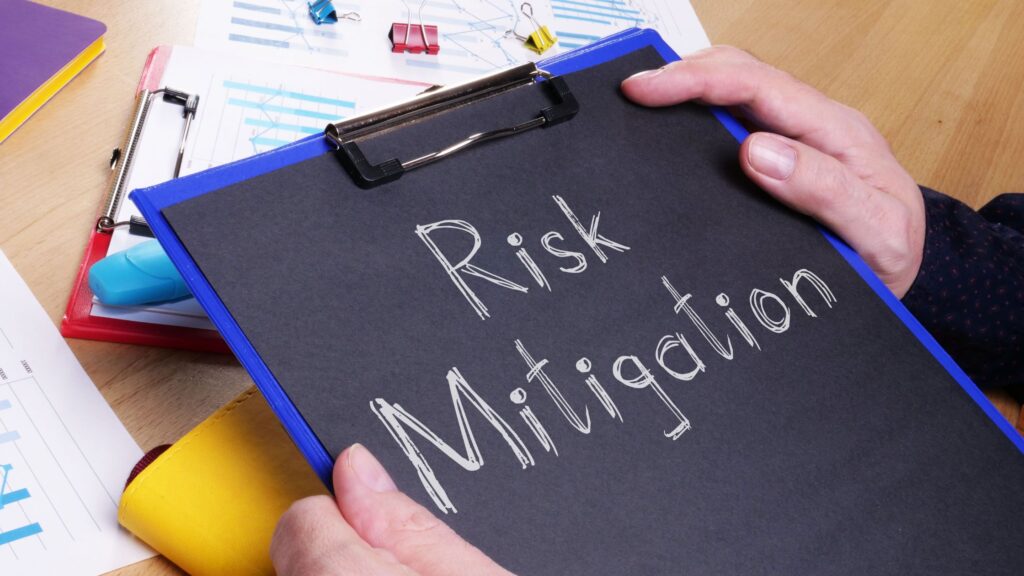
Common Misconceptions and Maintenance Tips
Radon mitigation systems are essential for safeguarding your home, but there are some common misconceptions about how they work. Here, we clear up two key misunderstandings.
I. Misconception 1: Radon Mitigation Systems Eliminate All Radon
While radon mitigation systems can significantly lower radon levels, they don’t eliminate it. It’s crucial to monitor radon levels after installation to ensure safety, as malfunctioning systems or wear can cause levels to rise again.
II. Misconception 2: Radon Mitigation Systems Are Maintenance-Free
Radon mitigation systems require regular maintenance. The fan should be inspected yearly, and cracks in the foundation should be resealed to maintain efficiency. Professional checks of the entire system are also necessary to avoid blockages or damage that could reduce its effectiveness.
By understanding these misconceptions and keeping up with proper maintenance and monitoring, you can ensure that your radon mitigation system remains effective in protecting your home.
Additional Benefits of Radon Mitigation Systems
In addition to improving air quality and reducing the risk of lung cancer, radon mitigation systems offer several other benefits to homeowners:
i. Improved Home Value: Homes with radon mitigation systems are more appealing to buyers, with real estate agents often highlighting this feature, which can increase the home’s market value.
ii. Increased Energy Efficiency: Sealing cracks and improving ventilation reduces radon entry and minimizes drafts, making your home more energy-efficient and potentially lowering utility costs.
iii. Peace of Mind: Having your home tested and treated for radon gives peace of mind, knowing your family and guests are protected from radon exposure.
iv. Lower Health Care Costs: By lowering the risk of radon-induced lung cancer, radon mitigation systems help reduce long-term health care costs.
v. Environmental Safety: Radon mitigation systems not only protect your home but also prevent harmful radon gas from being released into the environment, safeguarding both your family and neighbors.
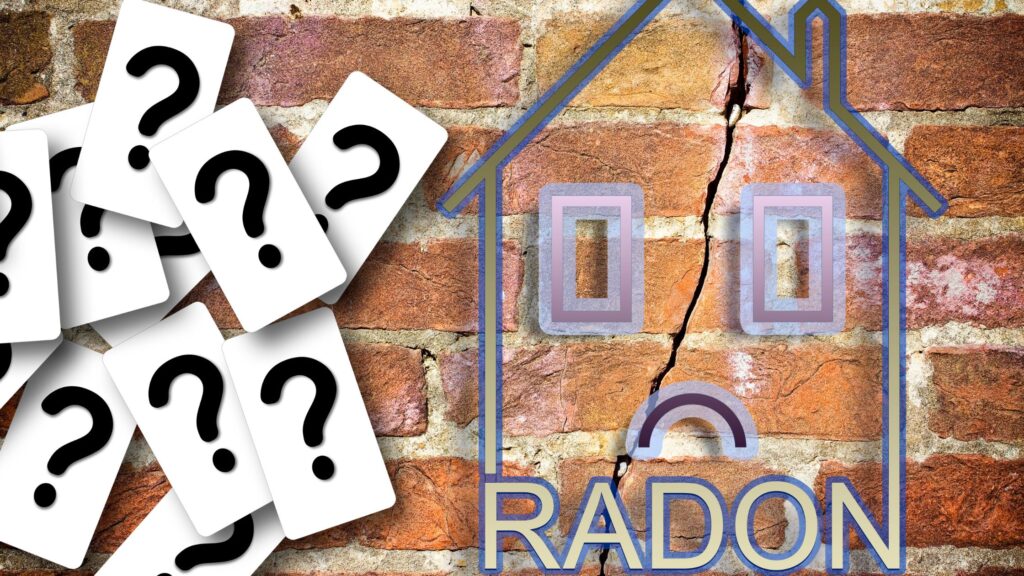
Conclusion
Radon mitigation systems provide a safe and effective way to lower indoor radon levels, offering significant protection against the harmful effects of radon exposure. When installed by certified professionals and properly maintained, these systems can reduce radon concentrations by up to 99%, greatly reducing the risk of lung cancer. While they do not eliminate all radon, they are still crucial for maintaining a safe and healthy home environment.
To ensure that your radon mitigation system continues to perform effectively, regular testing, maintenance, and inspections are essential. For more information on radon mitigation and to find certified professionals, visit DSM Radon.



